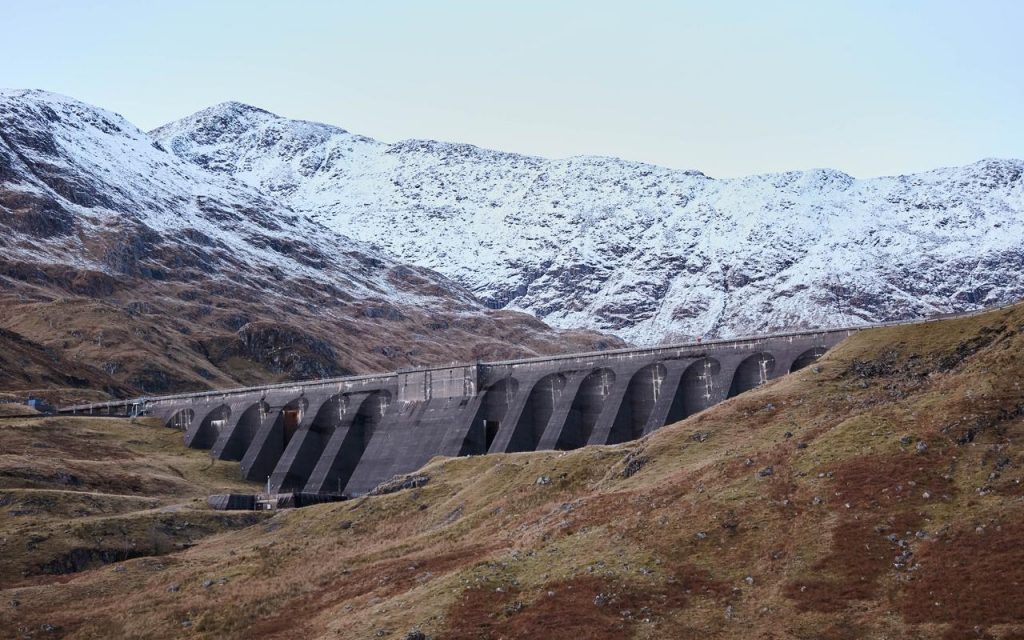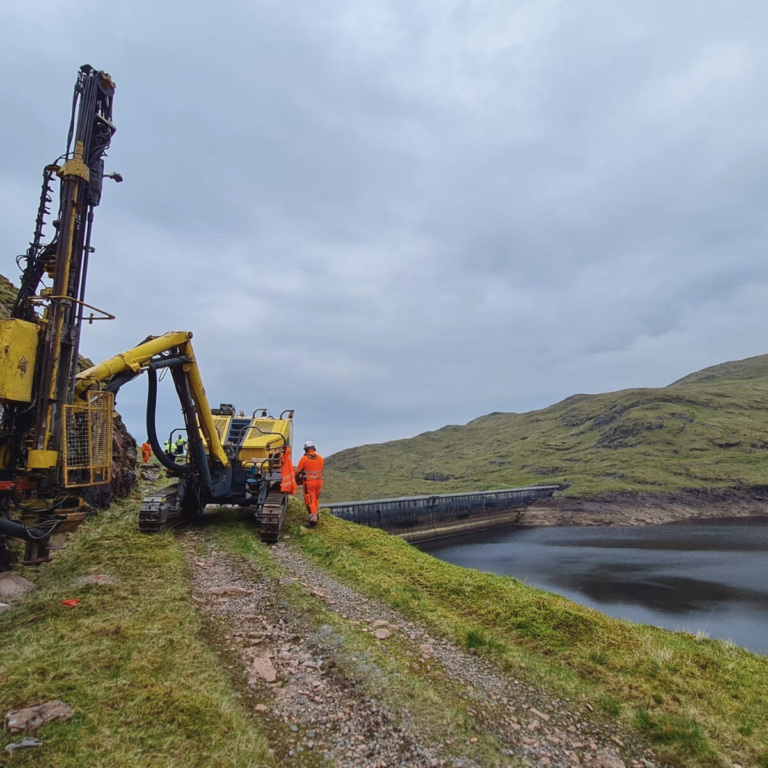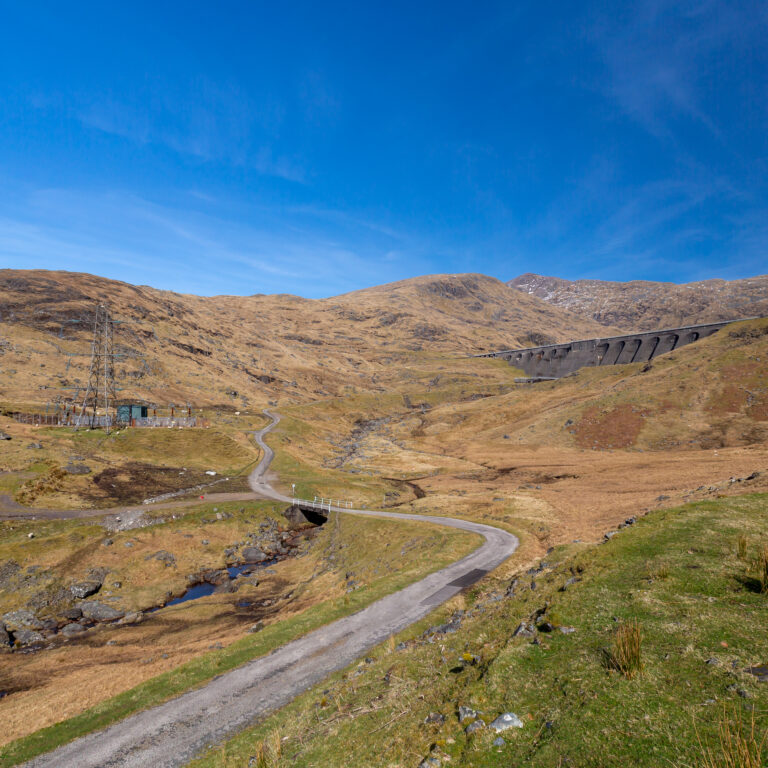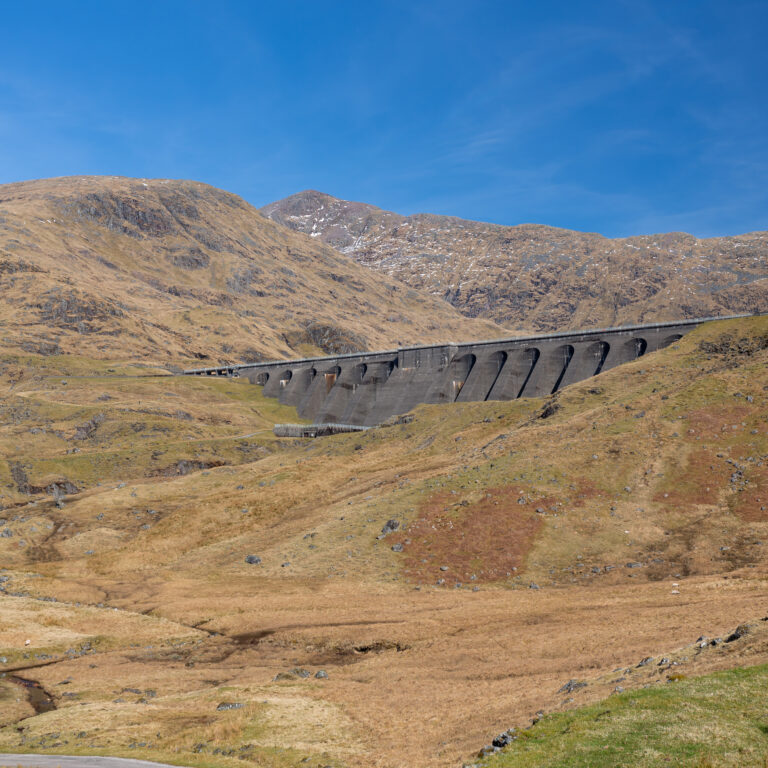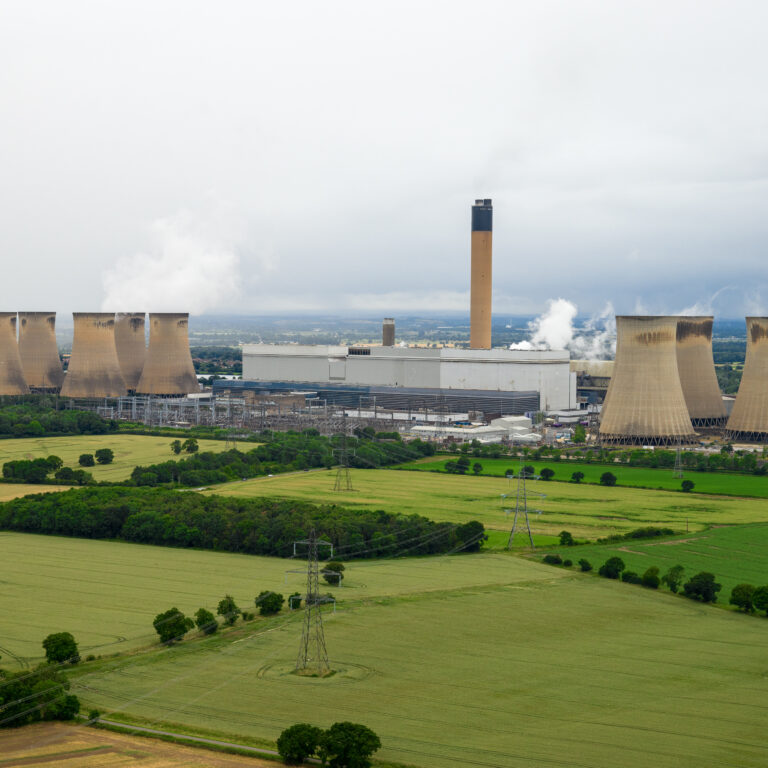- With no new long-duration energy storage projects built in the UK since the 1980s, enough wind power to supply more than a million homes was wasted in 2020 as excess renewable power could not be stored anywhere.
- New report identifies suitable revenue stabilisation mechanism to help unlock private investment in new generation of storage technologies to help stabilise the power grid and enable more renewables to come online – cutting costs and reducing emissions.
- Drax plans to build UK’s first new pumped storage hydro plant in a generation at its iconic Cruachan facility in Scotland, helping the country meet its climate targets whilst supporting hundreds of jobs.
A new report by KPMG, commissioned by Drax Group, has looked at different revenue stabilisation mechanisms which could be deployed to unlock private investment in these vital storage technologies.
No new long duration storage infrastructure, such as pumped hydro storage power stations, have been built in the UK for more than 30 years. However, KPMG’s analysis has found that an existing mechanism could be part of the solution to attract a wave of new investment in large-scale electricity storage infrastructure projects.
Possible solutions were assessed through a rigorous framework to find which stabilisation regime would not only incentivise investment but would also address system needs and provide best value for money for consumers.
The report found that a cap and floor mechanism, like the regime used to incentivise investment in cross-border interconnectors, is the standout solution to overcome the hurdles currently blocking investment in long duration storage technologies.
This model would reduce risks for investors while at the same time encouraging operators of the new storage facilities to respond to system needs, helping the Electricity System Operator to maintain secure supplies on an increasingly volatile grid.
Penny Small, Drax Group Generation Director, said:
“The UK has decarbonised its electricity system at a faster rate than any other country as a result of the successful deployment of renewables including wind, solar, hydro and sustainable biomass.
“With more long-duration storage, the system would operate more effectively in terms of reducing emissions, cutting costs and maintaining secure supplies. This report sets out a clear pathway to unlock private investment in a new generation of pumped hydro power stations in the UK, and which also gives value for money for consumers.
“Innovative technologies like pumped storage hydro are key to achieving the UK’s net zero target, because they help stop excess renewable power from wind farms going to waste by storing it and making it available at lightning speed when the country needs it.”
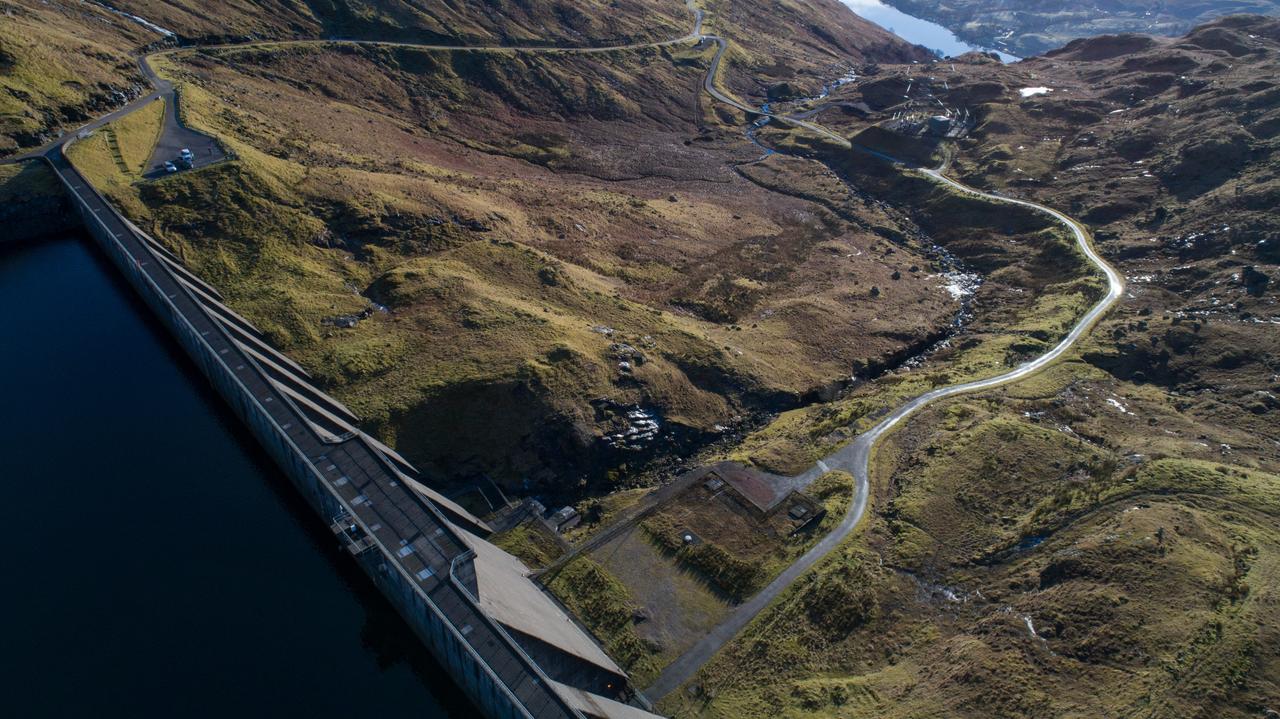
Cruachan Power Station
Drax is moving forward with ambitious plans to build a new underground pumped storage hydro plant at its existing Cruachan facility in Argyll, Scotland. The new 600MW station would be built within a new, hollowed-out cavern that would be large enough to fit Big Ben on its side.
Supporting around 900 jobs during its construction, the new facility would bring the site’s total generating capacity to 1.04GW – enough to power more than a million homes – capacity which could be available by 2030 with a suitable investment framework.
Developments such as Cruachan 2 are critical to realising the UK’s climate targets. In 2020 enough wind power to supply a million homes went to waste in the UK because there wasn’t enough capacity to store this excess renewable power.
There are many prospective long duration energy storage projects in the UK, but none have shovels in the ground as businesses require more certainty from the government before giving the green light to development.
ENDS
Media contacts:
Aidan Kerr
Media Manager
E: aidan.kerr@drax.com
T: 07849090368
Editor’s Notes
- An executive summary of the KPMG report can be found here on the Drax website.
- The report considered external factors such as the UK’s target to significantly expand offshore wind power to 40GW by 2030 and the rise in power demand from electric vehicles and heat pumps through to 2050.
- Four investment mechanisms were examined: Contracts for Difference, Regulated Asset Base model, Cap and Floor regime and a reformed Capacity Market.
- A Cap and Floor regime was found to be the optimal solution against an 11-area assessment framework.
- The same support regime has been transformational in unlocking private investment in cross-border interconnectors since its launch in 2014. This is because investors can see the project’s annual maximum and minimum revenues over a 25-year period, which reduces risks.
- Nine interconnector projects with a combined flow capacity of 10.5GW have been awarded agreements during the first two application windows, securing enough capacity to keep the lights on for around 29 million homes if all projects are developed.
- Separate independent analysis by Lane, Clark and Peacock (LCP) found the UK curtailed 3.6TWh of wind power in 2020, enough renewable electricity to supply around a million homes.
- Despite their benefits to the grid, attracting private investment in long duration storage technologies has been difficult due to their build times often being longer than the timeframes offered by existing mechanisms designed to incentivise investment in energy infrastructure projects, such as the Capacity Market.
- You can read more about Drax’s plans to build a new 660MW pumped storage hydro power station at Cruachan here.
About Drax
Drax Group’s purpose is to enable a zero carbon, lower cost energy future and in 2019 announced a world-leading ambition to be carbon negative by 2030, using Bioenergy with Carbon Capture and Storage (BECCS) technology.
Its 3,400 employees operate across three principal areas of activity – electricity generation, electricity sales to business customers and compressed wood pellet production and supply to third parties. For more information visit www.drax.com
Power generation:
Drax owns and operates a portfolio of renewable electricity generation assets in England and Scotland. The assets include the UK’s largest power station, based at Selby, North Yorkshire, which supplies five percent of the country’s electricity needs.
Having converted Drax Power Station to use sustainable biomass instead of coal it has become the UK’s biggest renewable power generator and the largest decarbonisation project in Europe. It is also where Drax is piloting the groundbreaking negative emissions technology BECCS within its CCUS (Carbon Capture Utilisation and Storage) Incubation Area.
Its pumped storage, hydro and energy from waste assets in Scotland include Cruachan Power Station – a flexible pumped storage facility within the hollowed-out mountain Ben Cruachan.
The Group also aims to build on its BECCS innovation at Drax Power Station with a target to deliver 4Mt of negative CO2 emissions each year from new-build BECCS outside of the UK by 2030 and is currently developing models for North American and European markets.
Pellet production and supply:
The Group has 13 operational pellet plants with nameplate capacity of c.4Mt, plus a further two plants currently commissioning and other developments/expansions which will increase this to c.5Mt once complete.
Drax is targeting 8Mt of production capacity by 2030, which will require the development of over 3Mt of new biomass pellet production capacity. The pellets are produced using materials sourced from sustainably managed working forests and are supplied to third party customers in Europe and Asia for the generation of renewable power.
Drax’s pellet mills supply around 30% of the biomass used at its own power station in North Yorkshire, England to generate flexible, renewable power for the UK’s homes and businesses.
Customers:
Drax is the largest supplier of renewable electricity to UK businesses, supplying 100% renewable electricity as standard to more than 370,000 sites through Drax and Opus Energy.








